How Aziderm 10% Azelaic Acid Cream Works
Aziderm 10 azelaic acid cream functions through multiple mechanisms, targeting the root causes of common skin conditions:
- Antibacterial Action: Azelaic acid inhibits the growth of Propionibacterium acnes, the bacteria responsible for acne. By reducing bacterial load, it prevents new breakouts and helps in controlling inflammation.
- Keratolytic Effect: It normalizes the shedding of dead skin cells and prevents the clogging of pores, a major contributor to acne formation.
- Depigmenting Activity: Azelaic acid blocks the enzyme tyrosinase, which is involved in melanin production. This action makes aziderm cream for dark spots and aziderm cream for skin whitening particularly effective.
- Anti-inflammatory Properties: It soothes redness and swelling, especially in inflammatory acne and rosacea.
Compared to other topical agents, azelaic acid has a favorable safety profile. Dermatologists often recommend it as an alternative to The Ordinary azelaic acid, particularly for sensitive or acne-prone skin.
Indications, Uses, and Dosage
Medical Conditions Treated:
- Mild to moderate acne vulgaris
- Post-inflammatory hyperpigmentation (PIH)
- Rosacea (off-label)
- Melasma and uneven skin tone
Recommended Dosage & Application:
- Apply a thin layer of Aziderm 10% Cream twice daily—morning and night—on the affected areas.
- Wash and pat dry the skin before application.
- Avoid the eyes, mouth, and broken skin.
- Use a gentle moisturizer and broad-spectrum sunscreen during the day to prevent irritation and photosensitivity.
Consult your dermatologist to adjust the frequency depending on your skin’s response.
Aziderm Cream Benefits
Using Aziderm 10% consistently brings multiple skin improvements, such as:
- Clearer Skin: Reduces active acne and prevents future breakouts.
- Even Skin Tone: Helps in fading blemishes and acne scars.
- Brightening Effect: Works effectively as an aziderm cream for skin whitening solution by reducing excess melanin production.
- Reduced Oiliness: Minimizes pore-clogging by controlling excess sebum.
- Minimal Irritation: Unlike some prescription creams, azelaic acid is generally well-tolerated by most skin types.
Many patients opt for Aziderm 10% instead of popular options like The Ordinary azelaic acid, thanks to its medical-grade formulation and dermatological backing.
Side Effects and Precautions
Common Side Effects:
- Mild itching or burning sensation
- Skin dryness or peeling
- Temporary redness or irritation
These symptoms are often mild and resolve with continued use.
Serious Side Effects (Rare):
- Severe allergic reaction (rash, swelling, dizziness)
- Intense skin peeling or inflammation
- Eye or mucous membrane irritation if applied improperly
Precautions:
- Perform a patch test before first-time use.
- Avoid sun exposure and use sunscreen regularly.
- Do not use on broken or highly sensitive skin.
- Not recommended during pregnancy or breastfeeding without doctor’s consultation.
- Keep out of reach of children.
For best results, follow your dermatologist’s instructions and avoid combining Aziderm with harsh exfoliants or other acne medications unless advised.
FAQs
Q1: Is Aziderm cream good for all skin types?
Yes, Aziderm 10% is generally well-suited for oily, combination, and even sensitive skin types. However, those with extremely dry or eczema-prone skin should consult a dermatologist first.
Q2: Can I use Aziderm cream for dark spots?
Absolutely. Aziderm is highly effective in fading post-acne marks and pigmentation caused by sun damage or inflammation.
Q3: How long does it take to see results?
Most users begin to notice visible improvements in acne and skin tone within 2-4 weeks of regular use. Full benefits may take up to 8-12 weeks.
Q4: Can Aziderm be used with other skincare products?
Yes, but avoid combining it with alcohol-based toners, physical scrubs, or products containing retinoids or benzoyl peroxide unless approved by a healthcare provider.
Q5: Is Aziderm 10% better than The Ordinary azelaic acid?
Aziderm offers a prescription-strength formulation, which may provide more targeted results compared to over-the-counter alternatives like The Ordinary azelaic acid.
Conclusion
Aziderm 10% Cream is a reliable, dermatologist-recommended treatment for acne, pigmentation, and uneven skin tone. Its active ingredient, azelaic acid, works effectively to reduce inflammation, control bacterial growth, and promote brighter, healthier skin. Whether you’re looking for a solution for breakouts or want to use aziderm cream for dark spots, this topical treatment delivers results with minimal side effects.


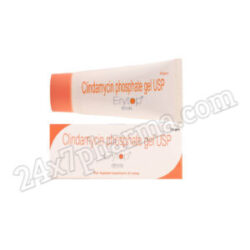
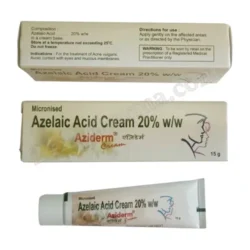
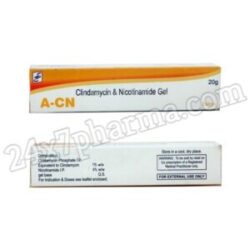
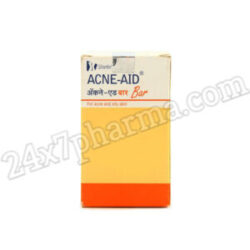
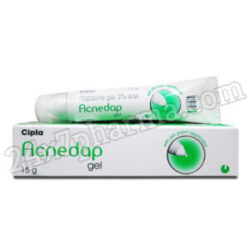

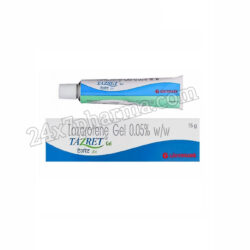
Reviews
Clear filtersThere are no reviews yet.